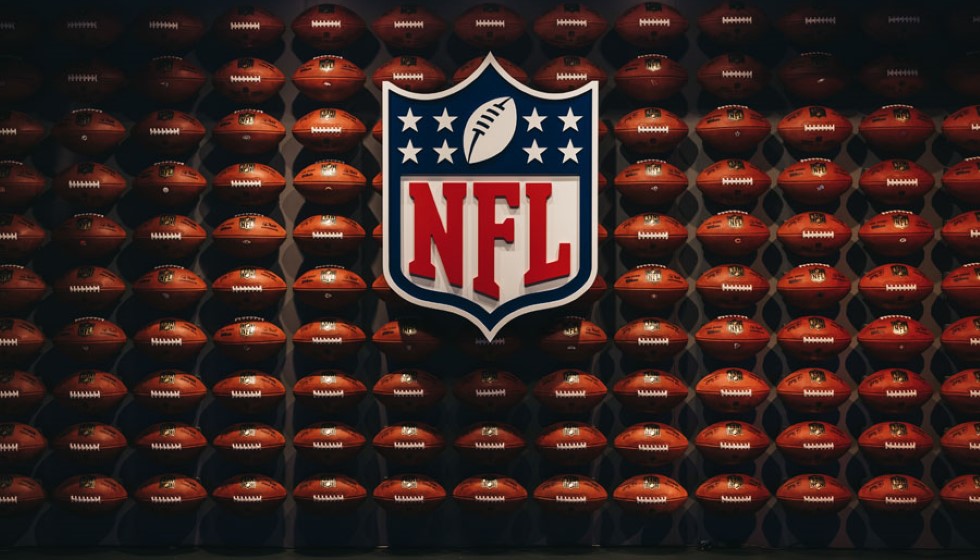
The Strategic Dynamics of NFL Franchise Tags
The NFL offseason is a critical period of recalibration, where franchises make calculated decisions that could set the trajectory of their future successes or failures. Among the tools at their disposal is the franchise tag—an instrument designed to retain top talent and ensure competitive balance. As we delve into the intricacies of this mechanism and its implications, it's clear that the strategic use of franchise tags could have far-reaching effects on teams and players alike.
Every year, NFL teams are presented with a 15-day window from February 18 to March 4 to apply franchise tags to their most valuable players. This strategic move can shape the contours of their roster, with two main varieties of tags in use: exclusive and non-exclusive. The non-exclusive tag is based on either 120% of the player's previous salary or the average of the top five salaries for their position, whichever is higher. This allows players the freedom to negotiate with other teams, though their current team retains the right to match any offer—a critical bargaining chip in contract negotiations.
In contrast, an exclusive franchise tag restricts the player from talking to other teams altogether. A player tagged exclusively receives the higher value between the pre-determined calculations, ensuring they remain isolated from external negotiations. This tighter control often comes with increased tensions, balancing player autonomy with the team's strategic interests.
The league also utilizes transition tags, which use the average of the top ten salaries at the player's position and include a 120% provision. Though less common, transition tags offer no compensation if the current team opts not to match an outside offer, making it a less attractive option for many franchises.
The Success and Challenges of Franchise Tags
Despite the apparent strategic benefits, the franchise tag often creates a tension-filled offseason. Historically, only seven out of eight players tagged in a recent year managed to secure long-term agreements, suggesting that leveraging these tags can either be a prelude to stability or contribute to uncertainty and unease. Between 2021 and 2023, less than half of the tagged players secured longer-term deals, reflecting the complex dynamics at play.
Franchise tags have been applied 22 times over the past three seasons, averaging seven applications annually. This demonstrates how selective teams are with these tags, often applying them to only their most crucial asset. With the NFL salary cap projected to increase to between $265 million and $275 million for 2025, teams must be judicious in their salary allocations, which could make these tags even more consequential.
Case Studies: Darnold, Godwin, Higgins, and Wilson
One notable ongoing negotiation involves Sam Darnold, who currently holds a $10 million one-year "bridge" deal with the Minnesota Vikings. According to sources, "There's a possibility that the Vikings wouldn't get a 2026 compensatory draft pick by letting Darnold walk in free agency." The conditionality surrounding Darnold's future, combined with his position as a potentially top free-agent quarterback, raises intriguing possibilities. Using a franchise tag to trade Darnold is "not out of the question," demonstrating the complex calculus teams must consider.
Chris Godwin presents a different but equally challenging scenario. Franchise tagging him again could prove financially untenable due to the associated calculation methods, forcing his team to weigh immediate costs against long-term cap strategy.
The Cincinnati Bengals offer another glimpse into the franchise tagging intricacies with their decision to place a $21.816 million tag on Tee Higgins. Amidst these negotiations, it's clear that these decisions resonate beyond just numbers, impacting team chemistry and future roster construction.
Meanwhile, Russell Wilson's transition to the Pittsburgh Steelers after leaving the Denver Broncos signals the often volatile nature of player-team relationships and the consequential decisions teams must make in pursuit of gridiron glory.
As franchise tags evolve, their role as tactical instruments in the broader tapestry of NFL management becomes ever more pronounced. The stakes are high, with each decision opening pathways to triumph or tribulation, weaving into the rich narrative of professional football. The franchise tag, it seems, is now more aligned with its original design—a tool not just for retention, but for engineering deals that fuel the drama and high stakes of the sport. With each offseason comes a fresh opportunity to witness the strategic acumen of NFL teams, balancing player aspirations and franchise foresight in this grand theatrical production.